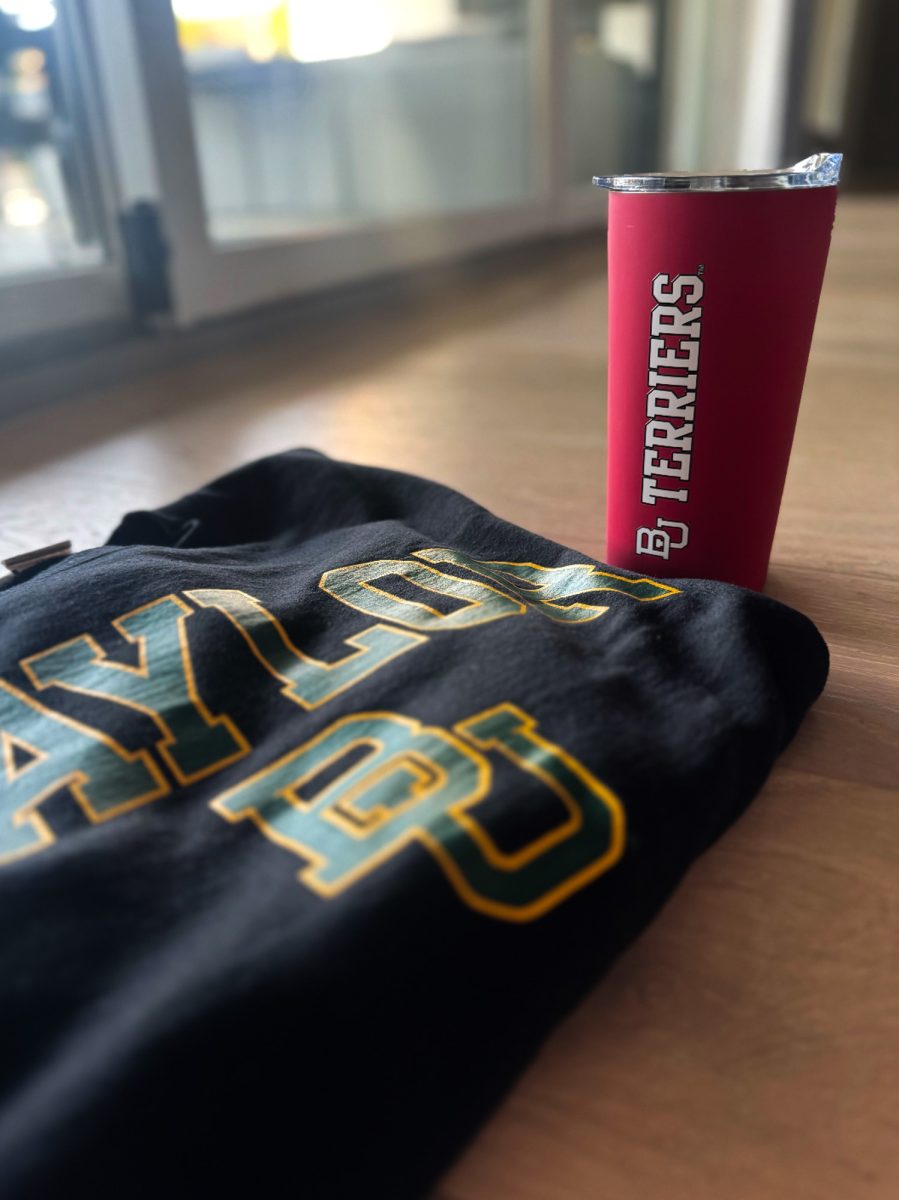Last Tuesday’s election night was one of the better election nights in recent memory for Republicans. The “Grand Old Party” was able to capture the U.S. Senate – a feat it had not accomplished since former U.S. President George W. Bush was in office. Throughout the campaign, a majority of the media’s attention was focused on the Senate, as it was assumed that Republicans would keep control of the U.S. House of Representatives.
So when the results were finally tallied, much of the attention focused on a few Senatorial races. But the Senate was not the only victory for Republicans Tuesday night. House Republicans also picked up 12 seats, creating one the largest Republican majorities in history. Republicans at the state level also participated in the victory party, gaining three governorships, when many pundits believed they would lose a few. Last Tuesday is being called a “wave election,” so let’s look at how Republicans capitalized on this wave at every level.
The Senate was the crown jewel of this election cycle, and both parties put massive campaigns in motion to keep the outcome in their favor. Senate Republicans had a favorable environment in this election cycle, while the Democrats did not. The majority of Republican seats that were up for reelection were in solid red states, while those that the Democrats had to defend were purple states that voted for Mitt Romney, or simply red states in general.
With the map now tipped in its favor, Senate Republicans went on the offensive in states such as Arkansas, Louisiana, North Carolina and Montana. They tied Senate Democrats to U.S. President Barack Obama and his unpopular Affordable Care Act. They were also able to take care of rising fear about national security, as the administration looked slow to react to both the outbreak of the Islamic State of Iraq and the Levant and Ebola.
With the Democrats now on the defensive, Republicans recruited a solid crop of candidates to run against vulnerable Democrats. There was Arkansas’s Tom Cotton, a veteran of the Iraq War and young lawmaker, Cory Gardner of Colorado who brought youth and excitement to the campaign and even Joni Ernst in Iowa with her famous Pig Castration advertisement. The top notch group of candidates kept Republicans from making unforced errors during the campaign season, which allowed them to not only gain a 51-seat majority, as many pundits thought would occur, but a 52-seat majority, with the possibility of reaching 54 as a few late election results still come in.
House Republicans also had a great night, adding to their current majority in the House and giving them more flexibility on certain votes. They used a few similar tactics as Senate Republicans, mainly tying House Democrats to the unpopular president. Yet in the final few weeks of the campaign cycle, Republicans began offensive strategies in places that they normally did not compete.
In states such as Nevada, New York and Maine, Republicans went on the attack, and it paid off significantly. The GOP’s late-stage attack on vulnerable Democrats forced the Democratic National Committee to spread its resources, which made them abandon races that they were hoping to flip. So while Republicans were able to pick seats, they were also able to defend some of their most vulnerable members, increasing the value of each pick up and increasing their majority.
While Congressional Republicans were busy at work implementing winning strategies, Republicans at the state level also had success on election night. Thanks to the massive fundraising conducted by the Republican Governors Association and its chairman, New Jersey Gov. Chris Christie, Republican Governors survived dangerous races and won where no one expected them.
Perhaps the three biggest targets by Democrats were Florida Gov. Rick Scott, Michigan Gov. Rick Snyder and Wisconsin Gov. Scott Walker. It looked toward the end of the election cycle that all three may be in serious trouble, but they were able to hold their ground on election night, and all three were reelected.
With the Democrats’ best hope for pickups on election night gone, they looked to a few seats they knew they could win. The first of these was in Maryland, but a later surge by the Republican candidate beat the lieutenant governor’s hopes of taking his boss’ old job. In Illinois, Republicans were able to unseat another unpopular Democrat governor. And finally, in Massachusetts, Republican Charlie Baker ran a stellar campaign for the upset victory against gaffe-prone Martha Coakley.
Many predictions before the election looked good for the GOP, but few believed they would perform as well as they did election night. Sound strategies and smart campaigns gave Republicans control of the Senate and an even larger majority in the House. And with a few surprise upsets by Republicans, they picked up three governorships, while many thought they would lose three.
























































































































